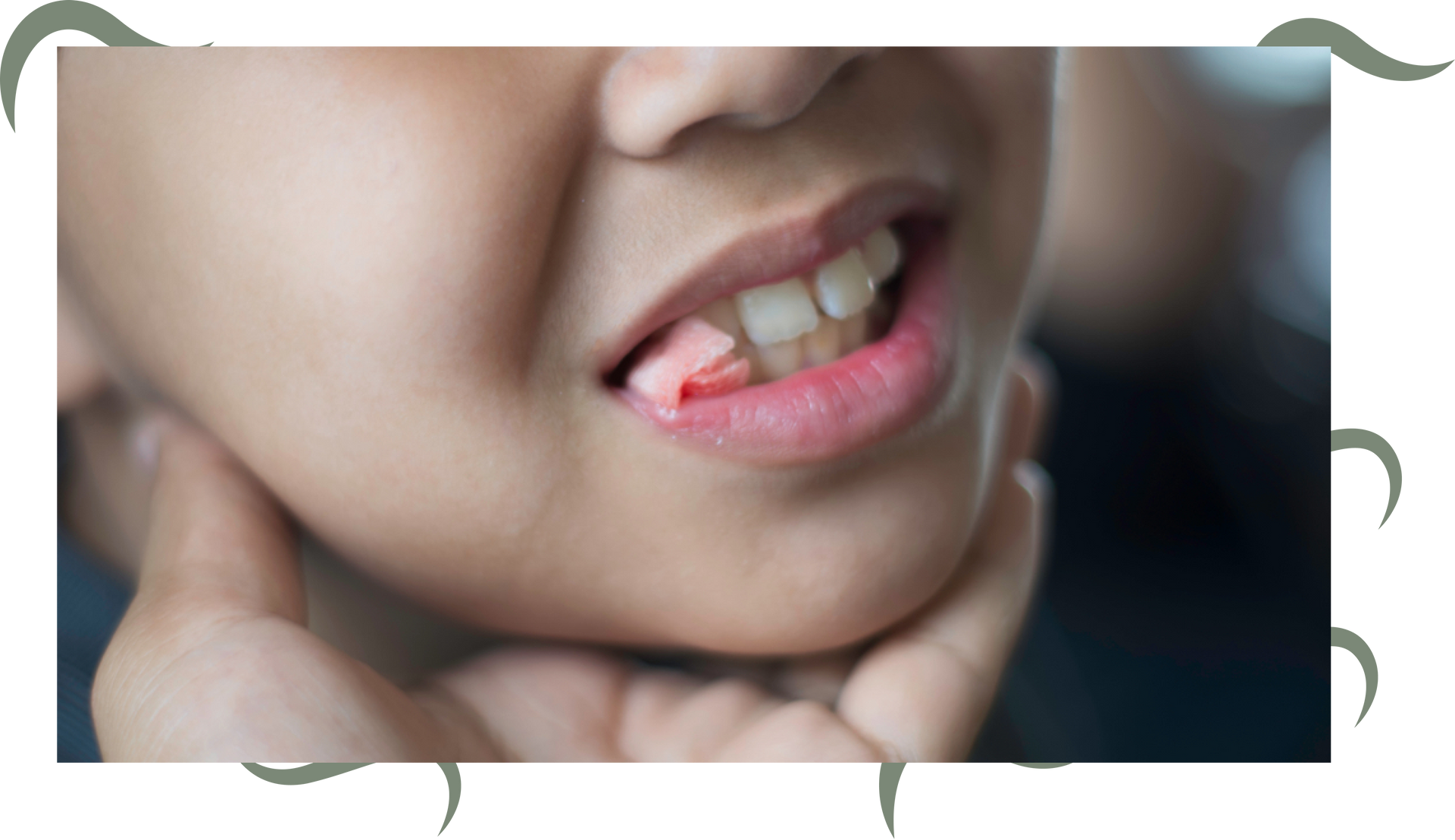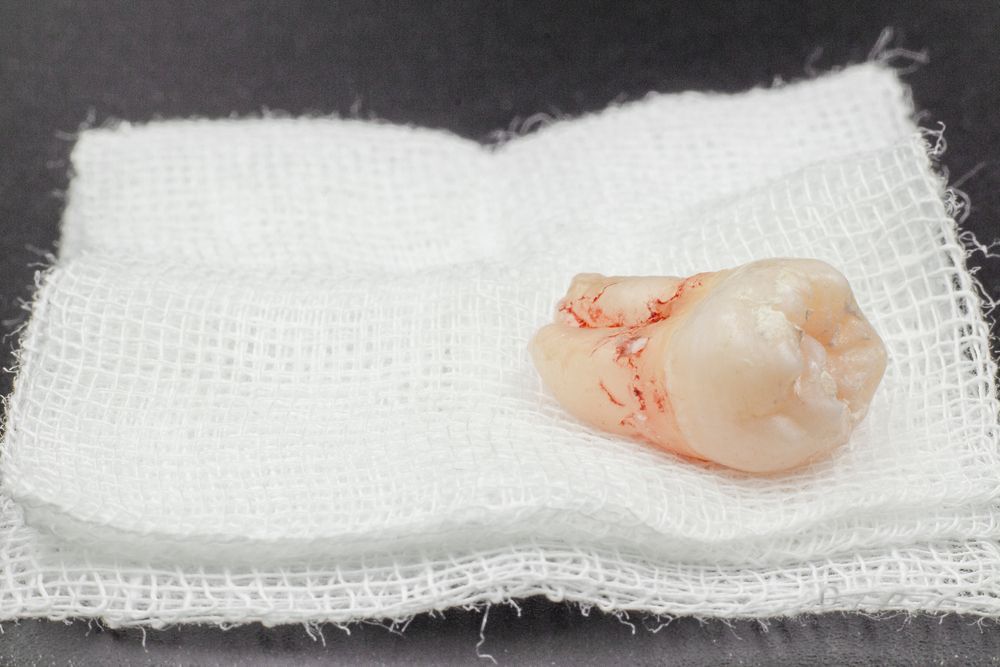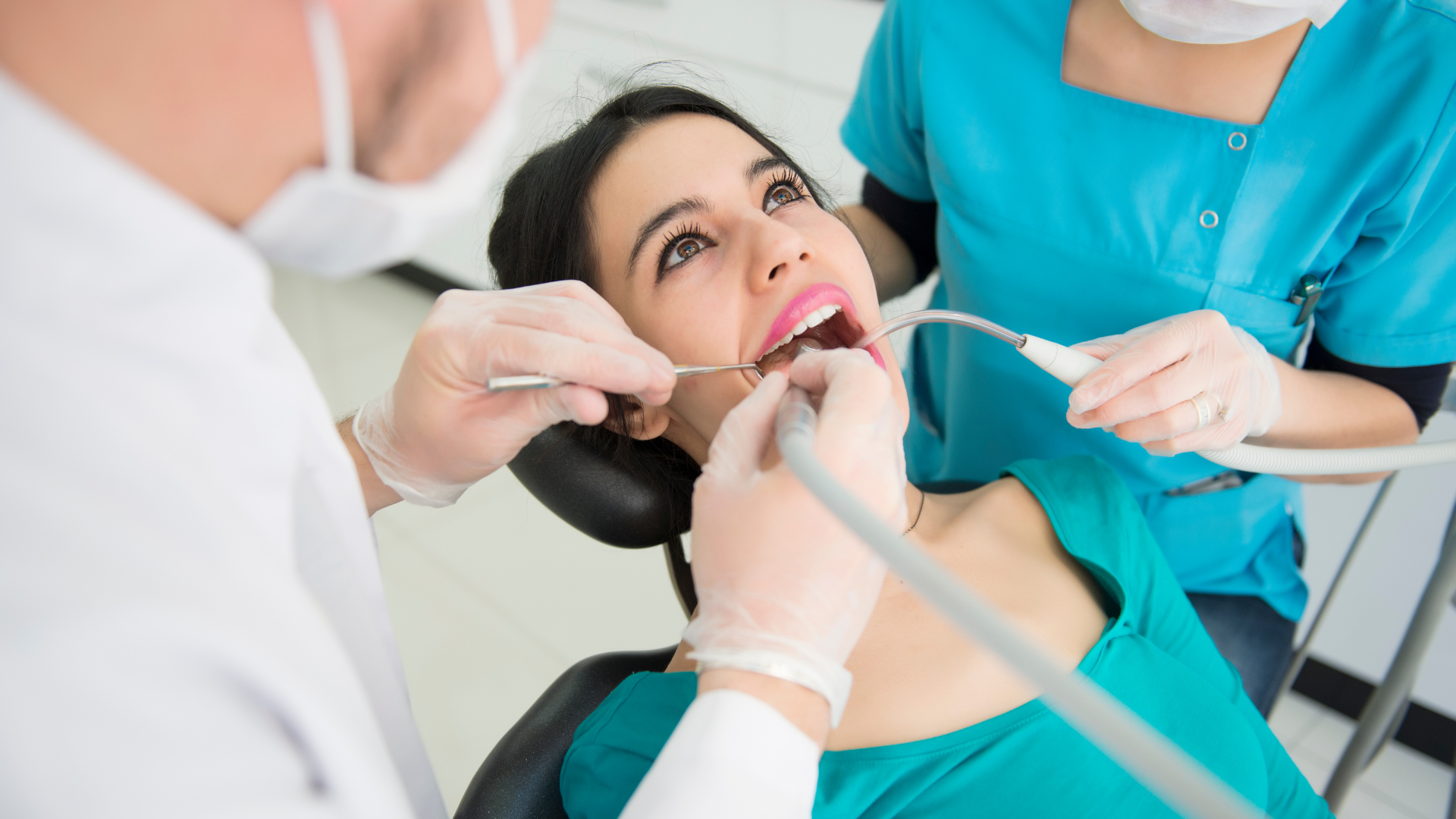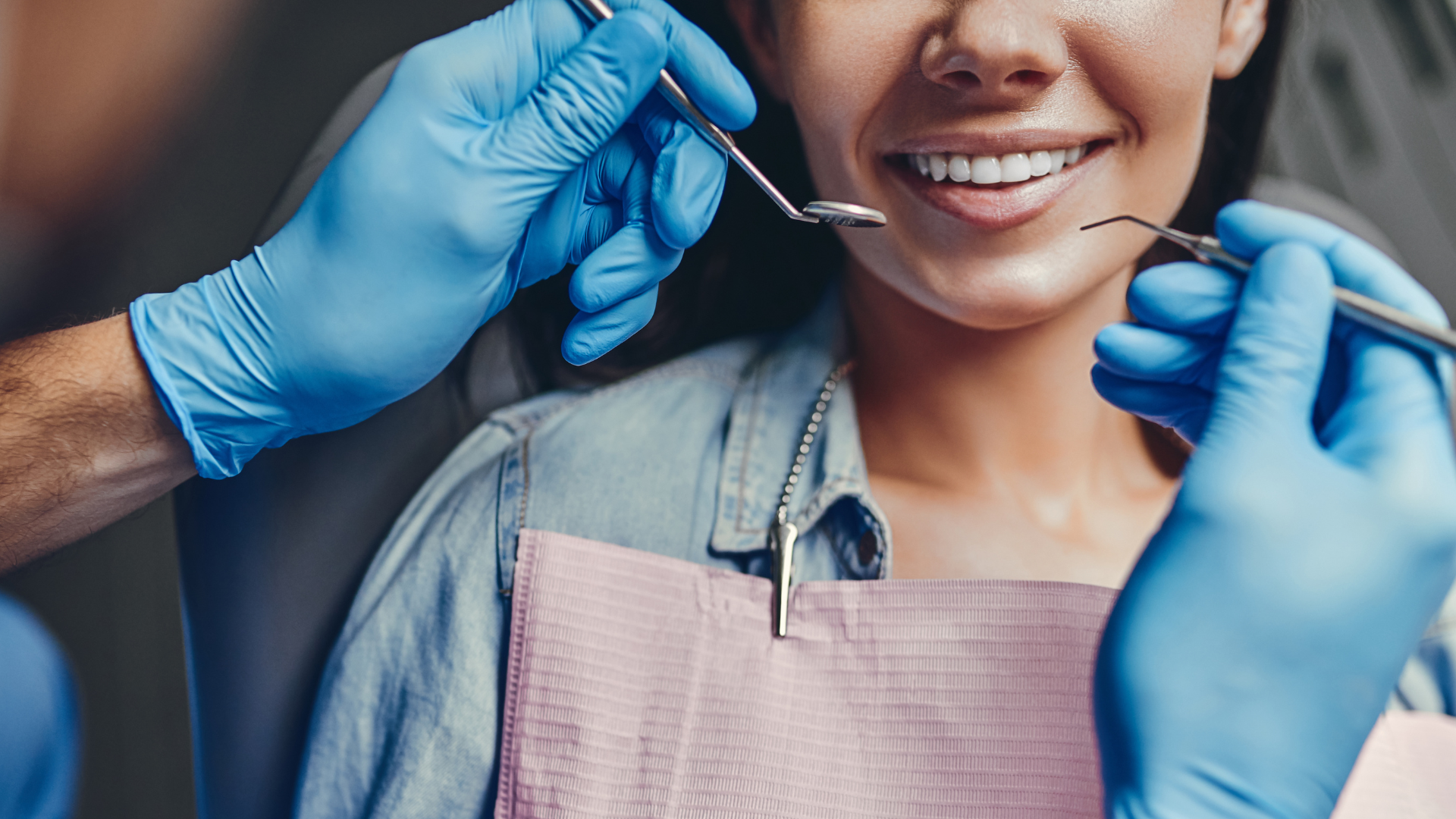When To Stop Using Gauze After Tooth Extraction
After a tooth extraction, it is important to properly care for the extraction site to ensure a smooth healing process. One common question that arises is when to stop using gauze after the procedure. Understanding the healing process and recognizing signs of proper healing can help determine the appropriate time to remove the gauze. Here are some key takeaways to keep in mind:
Key Takeaways
- The healing process after tooth extraction involves initial blood clot formation, granulation tissue formation, epithelialization, and maturation.
- Signs of proper healing include minimal pain and discomfort, reduced swelling, no excessive bleeding, and normal coloration.
- Gauze can typically be removed after the first hour, when bleeding stops, when clot formation is stable, or as directed by your dentist.
Potential complications of not removing gauze at the appropriate time include dry socket, infection, excessive bleeding, and delayed healing.

Understanding the Healing Process
Initial Blood Clot Formation
After a tooth extraction, the initial blood clot formation is crucial for the healing process. The blood clot acts as a protective barrier, preventing infection and promoting the formation of granulation tissue. Advanced gum disease can interfere with the proper formation of the blood clot, increasing the risk of complications. It is important to follow post-extraction care instructions to prevent the formation of dry socket and minimize the chances of infection. Your dentist will provide specific guidelines on how to care for the extraction site.
Granulation Tissue Formation
After the initial blood clot forms, the next stage of the healing process is granulation tissue formation. Granulation tissue is a type of connective tissue that forms at the site of the tooth extraction. It is composed of new blood vessels, fibroblasts, and inflammatory cells. This tissue plays a crucial role in the healing process as it helps to fill the wound and promote the growth of new tissue.
During the granulation tissue formation stage, it is important to take proper care to prevent the formation of advanced gum disease or infection. Here are some important points to keep in mind:
- Maintain good oral hygiene: Brush your teeth gently and avoid the extraction site to prevent any damage to the forming tissue.
- Avoid smoking: Smoking can delay the healing process and increase the risk of infection.
- Follow your dentist's instructions: Your dentist will provide specific guidelines on how to care for the extraction site and when to remove the gauze.
Remember, proper care during the granulation tissue formation stage is essential to ensure a smooth healing process and prevent complications such as dry socket or delayed healing.
Epithelialization
After the initial formation of granulation tissue, the next stage in the healing process is epithelialization. This is the migration of epithelial cells from the surrounding tissues to cover the wound site. Epithelialization plays a crucial role in the healing of tooth extraction sites as it helps to prevent infection and promote the formation of new tissue. During this stage, the wound gradually closes and the gum tissue starts to regenerate. It is important to maintain good oral hygiene during this time to prevent the formation of advanced gum disease. Your dentist may provide specific instructions on how to care for the extraction site and prevent any complications.
Maturation
After the initial stages of healing, the extraction site enters the maturation phase. During this phase, the body continues to repair and strengthen the tissues surrounding the extraction site. It is important to note that the maturation phase can vary in duration depending on the individual and the complexity of the tooth extraction. Proper care and hygiene during this phase are crucial to prevent the formation of advanced gum disease or other complications. Your dentist will provide specific instructions on how to care for the extraction site during the maturation phase.
Signs of Proper Healing
Minimal Pain and Discomfort
After a tooth extraction, it is normal to experience some pain and discomfort. However, as the healing process progresses, the pain should gradually subside. Proper pain management is essential to ensure a comfortable recovery. Your dentist may prescribe pain medication or recommend over-the-counter pain relievers such as ibuprofen. It is important to follow your dentist's instructions and take the medication as directed to minimize discomfort.
Reduced Swelling
Reduced swelling is a positive sign of proper healing after tooth extraction. Swelling is a natural response to trauma and inflammation, but as the healing process progresses, the swelling should gradually decrease. If you notice that the swelling is not subsiding or is getting worse, it could be a sign of a complication such as infection or advanced gum disease. In such cases, it is important to consult your dentist to prevent the formation of further complications.
No Excessive Bleeding
After a tooth extraction, it is normal to experience some bleeding. However, excessive bleeding can be a sign of a problem. If you notice that the bleeding is not subsiding or if it becomes heavy, it is important to contact your dentist immediately. Excessive bleeding can be a sign of advanced gum disease or other complications. Your dentist will be able to assess the situation and provide appropriate treatment to prevent the formation of any further issues.
Normal Coloration
After a tooth extraction, it is important to monitor the coloration of the extraction site as it can indicate the healing process. Normal coloration is a sign that the healing is progressing well. However, if you notice any unusual color changes, it may be a sign of a complication. Here are some key points to consider:
- Redness: Mild redness around the extraction site is normal and should subside within a few days. If the redness persists or intensifies, it could be a sign of infection or advanced gum disease.
- Yellow or White Coating: A thin yellow or white coating may form over the extraction site during the healing process. This is usually a sign of granulation tissue formation and is considered normal. However, if the coating becomes thick or has a foul odor, it could indicate an infection.
Tip: To prevent the formation of an infection or dry socket, it is important to follow your dentist's instructions for post-extraction care.
It is important to contact your dentist if you have any concerns about the coloration of the extraction site or if you experience any unusual symptoms such as excessive pain, swelling, or bleeding.

When to Remove Gauze
After the First Hour
After the first hour following tooth extraction, it is generally safe to remove the gauze pad that was placed over the surgical area. The gauze pad is used to control bleeding and promote the formation of a blood clot. It is important to follow your dentist's instructions regarding when to remove the gauze pad. If bleeding has stopped and the clot formation is stable, you can remove the gauze pad. However, if bleeding persists or if you are unsure, it is best to consult your dentist for guidance.
When Bleeding Stops
After the first hour of tooth extraction, it is important to monitor the bleeding. Once the bleeding stops, it is usually safe to remove the gauze. This typically occurs within a few hours. However, it is important to follow the instructions provided by your dentist as every case is unique. If you experience excessive bleeding or have any concerns, contact your dentist immediately.
When Clot Formation is Stable
Once the clot formation is stable, it is an indication that the initial healing process is progressing well. At this stage, it is important to continue following the post-extraction instructions provided by your dentist to ensure proper healing. Prevent the formation of advanced gum disease and infection by maintaining good oral hygiene. This includes gently brushing your teeth, avoiding the extraction site, and rinsing your mouth with a saltwater solution as directed. Additionally, it is crucial to avoid activities that may disrupt the clot, such as smoking or using a straw. By taking these precautions, you can promote optimal healing and reduce the risk of complications.
As Directed by Your Dentist
After tooth extraction, it is important to follow the instructions provided by your dentist regarding the removal of gauze. Your dentist will give you specific guidelines based on your individual healing process. It is crucial to adhere to these instructions to ensure proper healing and prevent complications. Removing the gauze too early or too late can increase the risk of complications such as dry socket, infection, excessive bleeding, or delayed healing.
Potential Complications
Dry Socket
Dry socket is a painful complication that can occur after tooth extraction. It is characterized by severe pain in the extraction site, which may radiate to the ear or jaw. Preventing the formation of dry socket is crucial for a smooth healing process. Here are some tips to prevent the formation of dry socket:
- Avoid smoking or using tobacco products, as they can delay healing and increase the risk of dry socket.
- Follow your dentist's instructions for post-extraction care, including proper oral hygiene practices.
- Avoid using straws or spitting forcefully, as these actions can dislodge the blood clot and lead to dry socket.
Remember, if you experience severe pain or any other concerning symptoms after tooth extraction, it is important to contact your dentist for further evaluation and treatment.
Infection
Infection is one of the potential complications that can occur after a tooth extraction. It is important to take proper care of the extraction site to prevent the formation of an infection. Advanced gum disease can increase the risk of infection. Here are some tips to prevent infection:
- Follow your dentist's instructions for post-extraction care.
- Keep the extraction site clean by gently rinsing with saltwater.
- Avoid touching the extraction site with dirty hands.
- Take prescribed antibiotics, if recommended by your dentist.
Remember, proper oral hygiene and following your dentist's instructions can help minimize the risk of infection after a tooth extraction.
Excessive Bleeding
While bleeding is a normal part of the post-extraction healing process, persistent or excessive bleeding can raise concerns and may indicate a dental emergency. If you experience prolonged bleeding that does not subside after applying gentle pressure with gauze for an extended period of time, it is important to contact your dentist immediately. Excessive bleeding can be a sign of complications such as advanced gum disease, infection, or dry socket. To prevent the formation of these complications, it is crucial to follow your dentist's instructions and take proper care of the extraction site.
Delayed Healing
Delayed healing after tooth extraction can occur due to various factors. One possible cause is advanced gum disease, which can weaken the surrounding tissues and hinder the healing process. Another factor that can contribute to delayed healing is infection. If bacteria enter the extraction site, it can lead to inflammation and delay the formation of new tissues. Additionally, a condition called dry socket can also impede healing. Dry socket occurs when the blood clot that forms after extraction is dislodged or dissolves prematurely, exposing the underlying bone and nerves. To prevent the formation of dry socket, it is important to follow your dentist's instructions and avoid activities that may disrupt the blood clot. If you experience delayed healing after tooth extraction, it is essential to consult your dentist for proper evaluation and treatment.
Potential complications can arise during dental procedures, and it is important to be aware of them. At Bernardo Hills Dentistry, we prioritize patient safety and strive to minimize any potential risks. Our experienced team of dentists and staff are trained to handle any complications that may occur, ensuring that you receive the highest quality of care. Contact us today to schedule an appointment and let us take care of your dental needs.
Bernardo Hills Dentistry
11665 Avena Pl # 105, San Diego, CA 92128, United States
(858) 877-9307
Hours & Address
Monday: 9:00 am - 6:00 pm
Tuesday: 9:00 am - 6:00 pm
Wednesday: 8:00 am - 5:00 pm
Thursday: 7:00 am - 5:00 pm
Friday: 7:00 am - 3:00 pm
Saturday-Sunday: Closed
Navigation Links
Hours & Address
Monday: 9:00 am - 6:00 pm
Tuesday: 9:00 am - 6:00 pm
Wednesday: 8:00 am - 5:00 pm
Thursday: 7:00 am - 5:00 pm
Friday: 7:00 am - 3:00 pm
Saturday-Sunday: Closed
Navigation Links
Hours & Address
Monday: 9:00 am - 6:00 pm
Tuesday: 9:00 am - 6:00 pm
Wednesday: 8:00 am - 5:00 pm
Thursday: 7:00 am - 5:00 pm
Friday: 7:00 am - 3:00 pm
Saturday-Sunday: Closed
Navigation Links
Bernardo Hills Dentistry | All Rights Reserved



